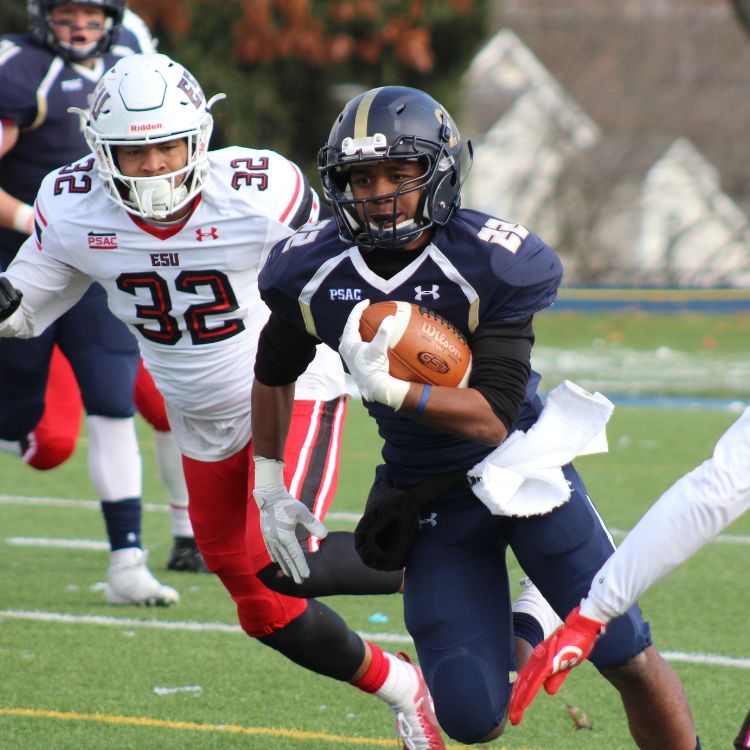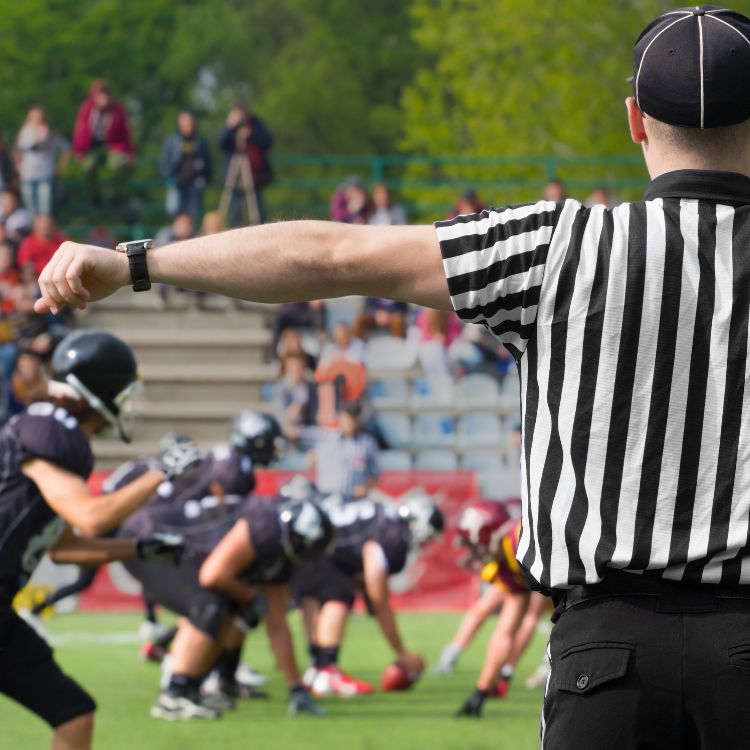Is football safe for youth? An in-depth look
Explore the risks associated with youth football participation in Australia and how the sport can be made safer.
Is football safe for youth? As one of the most popular sports in Australia, football has captured the hearts of countless young athletes. However, with the increasing awareness of sports-related injuries, parents and coaches are understandably concerned about the safety of youth football participation.
According to a study published in the Medical Journal of Australia, nearly 1 in 4 teenagers aged 13-19 years who played football sustained an injury requiring medical attention or time off from the sport in 2020. This statistic highlights the importance of understanding the potential risks and taking appropriate measures by utilising resources like youth safety programs to ensure the well-being of young players.
While football offers numerous physical and social benefits, it's crucial to strike a balance between fostering a love for the sport and prioritising safety. By exploring the latest research and expert insights, we answer the question ‘Is football safe for youth?’ and aim to provide a comprehensive understanding of this issue, empowering parents, coaches, and youth to make informed decisions.
Is football safe for youth? Factors influencing youth football safety
Here are a few factors that are influencing youth football safety:

Field and equipment safety
Poorly maintained playing surfaces, inadequate protective gear, and substandard equipment can increase the risk of injuries. Uneven or hardened playing surfaces can lead to sprains, fractures and other injuries, while ill-fitting or outdated equipment can leave players vulnerable to impact-related injuries. Conducting regular field maintenance, ensuring proper protective gear, and adhering to safety standards can create a safer environment for youth football players.

Coaching and refereeing
Qualified and experienced football coaches and referees play a crucial role in promoting fair play, enforcing rules, and ensuring a safe environment for young football players. Well-trained coaches can teach proper techniques, identify potential injury risks, and create age-appropriate training plans. Knowledgeable referees can enforce rules consistently, manage game dynamics, and promote sportsmanship, reducing the likelihood of dangerous football manoeuvres.

Concussions and head injuries
According to a report by the Australian Sports Brain Injury Prevention Study, concussions account for a significant portion of football-related injuries among youth players. Proper heading techniques, protective gear, and prompt medical attention are essential in mitigating the risks. Repeated concussions can have long-lasting effects on cognitive function, balance, and overall brain health, making it crucial to identify and manage head injuries appropriately.

Overuse injuries
The repetitive nature of football movements can lead to overuse injuries, and proper warm-up, cool-down, and training load management can prevent injuries. Common overuse injuries in youth football, like stress fractures and growth plate injuries, can occur due to excessive training, improper technique, or inadequate recovery periods. Implementing age-appropriate training programs, monitoring training loads, and encouraging active recovery can help mitigate the risks.
What Our Community Says About Us
Our Partners





How Youthsafe addresses youth safety in Australia
Youthsafe is a leading Australian organisation dedicated to promoting the well-being and safety of young people across various aspects of life, including sports participation. Their comprehensive range of services and programs aside from sports safety includes safety at work, safety while socialising, and safety while driving.
By partnering with Youthsafe, parents, coaches, supervisors, managers, and youth can access valuable resources, expert guidance, and support to ensure a safer experience for all.
FAQs
Yes, there are specific equipment and gear recommendations for youth football players to enhance safety. Age-appropriate shin guards and properly fitted cleats or turf shoes are essential to prevent lower-body injuries. Mouthguards can protect against dental injuries, while protective headgear, such as soft-shell or air-cushioned headbands, can help reduce the impact of head collisions or falls.
In case of a suspected injury during a youth football game or practice, prompt and appropriate action is crucial. The injured player should be removed from play immediately, and first aid should be administered if necessary. If a head injury or concussion is suspected, the player should not be allowed to return to play until evaluated by a medical professional.
Proper injury management protocols, such as the RICE (Rest, Ice, Compression, Elevation) method, should be followed for minor injuries. More severe injuries may require immediate medical attention or transport to a healthcare facility. Documentation and reporting of injuries should also be conducted to monitor trends and inform safety measures.


